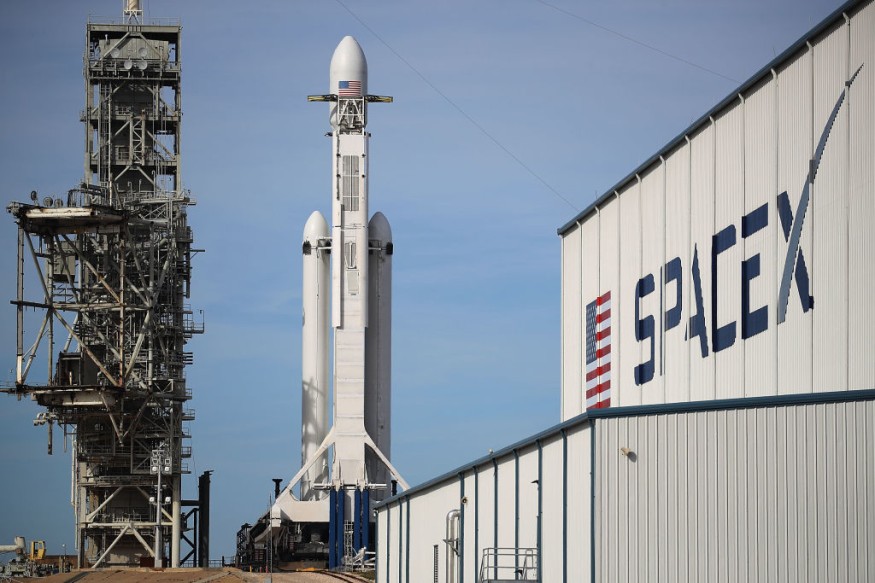SpaceX launched a new high-altitude flight of Starship Serial Number 10 (SN10) on Wednesday. Some video feeds captured the rocket crashing three minutes after landing on its landing pad.

SN10 took off as the sunset over the test site in Boca Chica, Texas, near Brownsville. The stainless steel exterior got a purple shade as it climbed toward an altitude of just over six miles, just below the orbital heights that SpaceX hopes to reach one day.
That was the day's second launch attempt. SpaceX aborted the liftoff a few hours before its official launch with just a fraction of a second left in the countdown. The engines had already started, but the operators shut the engines when the Starship's computer sensed too much thrust from one of them. The engineers concluded that the issue was minor, so they tweaked the program, refueled the rocket, and gave it another shot.
The three engines re-ignited at 6:15 p.m. Eastern time, and this time they held on. As the rocket soared into the Texas atmosphere, the engines were designed to shut down one by one as it reached a height of six miles.
"We've had a successful soft touch down on the landing pad," SpaceX engineer John Insprucker said during a live stream of the event. "That's capping a beautiful test flight of Starship 10."
Pre-set expectations around the rocket's thrust, SpaceX CEO Elon Musk described as "slightly conservative." He went on to say that the firm would raise the rocket's thrust cap, allowing it more leeway in obtaining a liftoff permit. SpaceX then recovered the SN10's fuel in preparation for the second, fruitful attempt.
Launch abort on slightly conservative high thrust limit. Increasing thrust limit & recycling propellant for another flight attempt today.
— Elon Musk (@elonmusk) March 3, 2021
Musk said per CNN report that the company has some other projects in the works, the next of which, the SN11, will be ready for another test flight soon.
Read also: SpaceX SN10 Prototype Test Fire Successful: Why Were Residents Given Standard Safety Alert?
Will Elon Musk Finally Send Humans to Mars?
Mr. Musk's company has been a success in the launch industry, and it is now one of the most profitable privately owned businesses in the world.
Falcon 9 rockets have established themselves as a reliable workhorse for launching satellites into space. It carries freight to the International Space Station regularly and has already sent NASA astronauts there twice in 2020, with further trips scheduled for this year.
Mr. Musk said in a video released Tuesday night that Starship would send citizens into space and beyond by 2023.
Yusaku Maezawa, a Japanese entrepreneur who is helping to fund Starship's construction, made the remarks in a video released by him. Mr. Maezawa plans to travel around the moon for about a week before returning to Earth.
Mr. Maezawa revealed in his Tuesday video that he planned to carry eight passengers on the lunar journey and encouraged people to apply. More than 100,000 people have already shown interest, he said on Wednesday.
RELATED ARTICLE : SpaceX to Reuse Dragon Spacecraft Fleet After Rocket Booster from NASA Crew-1 'Leaned'
Check out more news and information on SpaceX on Science Times.
© 2025 ScienceTimes.com All rights reserved. Do not reproduce without permission. The window to the world of Science Times.












